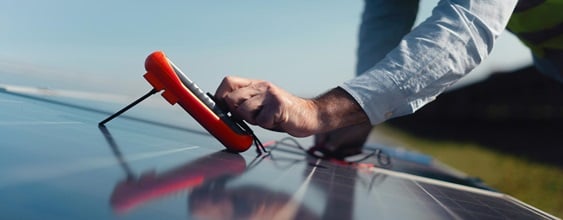Growing investment in transmission and distribution networks is the third notable trend, as they are equally critical components to electrifying Africa.
Closely link to this and as many economies in Africa look to maximise their gains whilst prioritising their public spending, regional integration is increasingly dominating the agendas of African policymakers and donor finance institutions. The focus is on developing infrastructure that strengthens the existing power pools and enables cross-border or intra-continental power trading.
However, it should be noted that an interconnected power pool is a complex system that requires careful planning and development. By its very definition, a power pool involves the connection of a number of networks in a region that in the past, may have been operated in isolation.
The Southern African Power Pool (SAPP) is a prime example as it is currently driving a number of transmission interconnector projects across the region. The aim with these projects is to link or strengthen power interconnections between various countries in the SADC region including Mozambique, South Africa, Zimbabwe, Botswana, Swaziland, Lesotho, Namibia, Malawi, Tanzania and Zambia, Angola and the Democratic Republic of Congo (DRC). Power pools offer those countries with a power deficit, the facility to import power, and those with excess power various options for exporting their surplus energy. Power pools facilitate trade of energy and also result in cost-efficiencies.
Going forward, and as Africa’s power sectors transition through various planning and roll-out phases, there is undoubtedly a burgeoning of opportunities on the continent. Improving investor confidence even further, however, will require certainty around State-led resource programmes, prioritisation of these programmes, policy stability and that investors have an inherent understanding of local market issues and operating environments.















